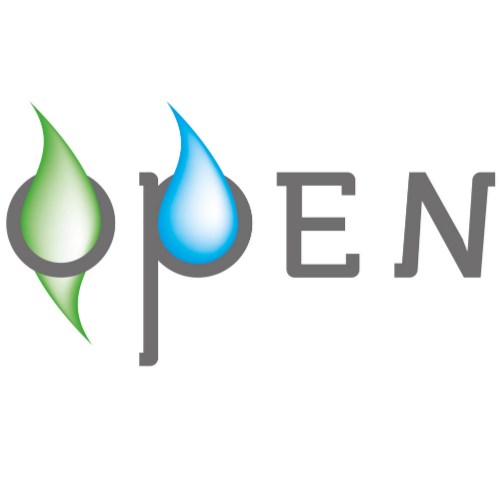OUR Solutions
Our added value
STEP 1
Setting up a vegetated wastewater treatment plant which is an advantageous alternative to the conventional wastewater treatment plant
step 2
Operating/Exploiting the Bambou-Assainissement® technology which uses bamboo for its role as a wastewater purifier
This technology is adaptable to all climates and soils, is low in energy consumption, guarantees zero sewage sludge, and zero discharge into the natural environment
step 3
Achieving the final result: wastewater is cleaned up and OPEN participates in the public health program for populations and the preservation of sensitive natural environments
OPEN supports the administrative, technical, social, and financial aspects of the project
OUR SOLUTIONS
WATER TREATMENT
WITH Bambou-Assainissement®
The Bambou-Assainissement® process first consists of pre-treating the effluents to be purified and then transporting them to the bamboos via a collection network or a specific transport system. The effluent then infiltrates into the roots of the bamboos where it is cleaned of its pollutants by the micro-organisms that develop naturally while feeding the bamboos and ensuring their growth, which guarantees biomass production and yield.
Eco-stations based on the Bambou-Assainissement® technique do not produce sludge, residual waste, or odors and can be adapted to all geographical areas (urban, peri-urban, rural …), at all latitudes, and climates.
CARBON SEQUESTRATION
By planting bamboo groves, Bamboo For Life contributes to the capture of CO2. Throughout its growth, bamboo sequesters CO2 in very significant quantities: 20 to 100 tons of CO2 per year are sequestered for each hectare planted.
Bamboo acts as a real carbon trap. This induced effect offers a direct mitigation measure of climate change. This carbon is trapped in the bamboo.
BIO-REFRESHMENT IN OPEN AIR ENVIRONMENTS
Thanks to the planting of bamboo groves for phytoremediation, Bamboo for Life can achieve a bioclimatic cooling of 8° to 20°C depending on the initial temperatures of the area. The extremely dense foliage of the bamboo generates total shade on the ground (canopy) and reduces the calorific impact of solar radiation. Moreover, after treatment by the bacteria-plant consortium, the purified water is evapotranspired by the bamboo foliage creating a cooling of the air: this phenomenon is called natural adiabatic cooling.
The hot and dry air that passes through the bamboo foliage, humidified by evapotranspiration, causes a cooling of the air: this phenomenon is called bio air conditioning or natural air conditioning. The energy necessary for the evaporation of water is extracted from the air, which causes a cooling of the air.
CREATION AND VALORIZATION OF BIOMASS
The biomass produced by bamboo is of the order of 20 to 200 tons of dry matter per hectare per year. Bamboo has a high calorific capacity: its HCV varies between 5000 and 5400 kWh/T of Dry Matter just below coal. It has exceptional mechanical properties: its long fibers can be used in many industrial sectors, textiles, composite materials, carbon fibers, construction, and public works…
Thanks to this solution, Bamboo for Life wishes to propose the creation and valorization of biomass on a local scale, in particular within the framework of power plant supply requests or to supply industries developing biofuel.
